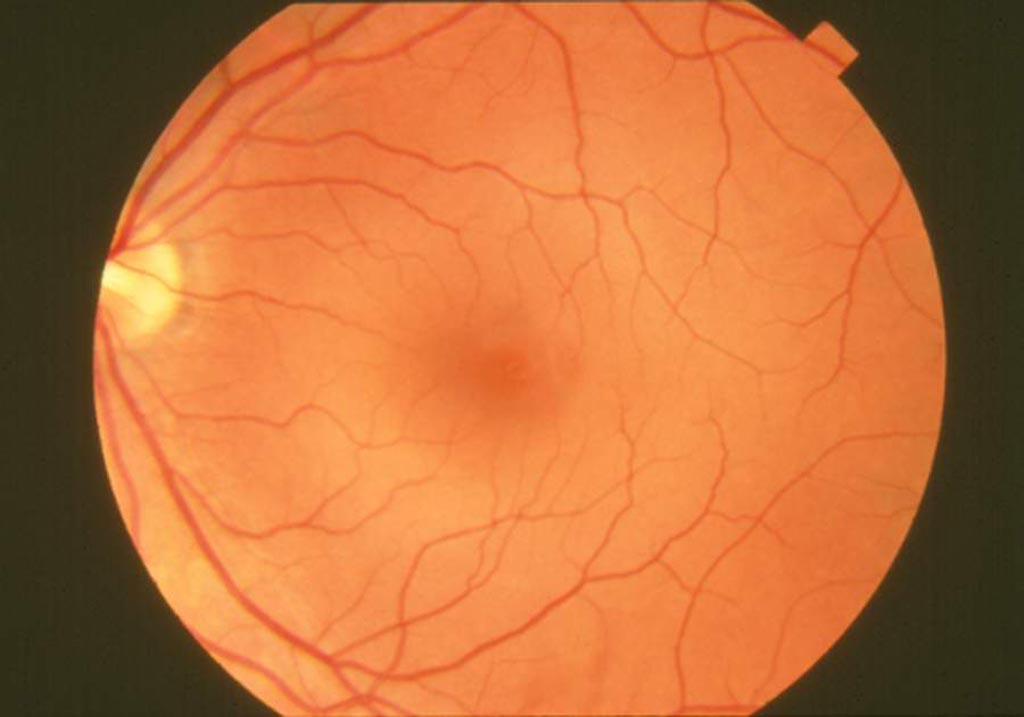Gene Editing Prevents Onset of Retinal Angiogenesis
By LabMedica International staff writers
Posted on 08 Aug 2017
Eye disease researchers demonstrated in a mouse model that delivery of the CRISPR/Cas9 gene editing tool via a viral vector could prevent the onset of angiogenesis, which causes vision loss and blindness and is a feature of several degenerative eye conditions including proliferative diabetic retinopathy (PDR), wet age-related macular degeneration (AMD), and retinopathy of prematurity (ROP).Posted on 08 Aug 2017
CRISPR/Cas9 is regarded as the cutting edge of molecular biology technology. CRISPRs (clustered regularly interspaced short palindromic repeats) are segments of prokaryotic DNA containing short repetitions of base sequences. Each repetition is followed by short segments of "spacer DNA" from previous exposures to a bacterial virus or plasmid. CRISPRs are found in approximately 40% of sequenced bacteria genomes and 90% of sequenced archaea. CRISPRs are often associated with cas genes that code for proteins related to CRISPRs.

Image: Fundus photograph of a normal retina. New research suggests CRISPR/Cas gene editing could lead to novel therapies to prevent vision loss, blindness in those with diseases of the retina (Photo courtesy of the NIH).
Since 2013, the CRISPR/Cas system has been used in research for gene editing (adding, disrupting, or changing the sequence of specific genes) and gene regulation. By delivering the Cas9 enzyme and appropriate guide RNAs into a cell, the organism's genome can be cut at any desired location. The conventional CRISPR/Cas9 system is composed of two parts: the Cas9 enzyme, which cleaves the DNA molecule and specific RNA guides that shepherd the Cas9 protein to the target gene on a DNA strand.
Investigators at Harvard Medical School (Boston, USA) used an adeno-associated virus (AAV) vector to deliver a CRISPR/Cas9 complex targeted to the gene for (VEGFR2) vascular endothelial growth factor receptor 2 to cells in the retinas in two mouse models of oxygen-induced retinopathy (OIR) and laser-induced choroid NV (CNV). Adeno-associated viruses (AAVs) are small viruses that are not currently known to cause any disease, and their derived vectors show promise in human gene therapy.
The investigators reported in the July 24, 2017, online edition of the journal Nature Communications that CRISPR/Cas9 editing of the VEGFR2 gene abrogated angiogenesis in two mouse models of oxygen-induced retinopathy (OIR) and laser-induced choroid NV (CNV).
"We know that vascular endothelial growth factor (VEGF) receptor 2 (VEGFR2) plays an essential role in angiogenesis," said senior author Dr. Hetian Lei, assistant professor of ophthalmology at Harvard Medical School. "The CRISPR-Cas9 system to can be utilized to edit the VEGFR2 gene, preventing intraocular pathological angiogenesis. As this genomic editing gains traction in virtually all medical fields, we are cautiously optimistic that this powerful tool may present a novel therapy to prevent vision loss in eye disease marked by intraocular pathological angiogenesis. While further study is needed to determine safety and efficacy of this approach, our work shows that the CRISPR-Cas9 system is a precise and efficient tool with the potential to treat angiogenesis-associated diseases."
Related Links:
Harvard Medical School













